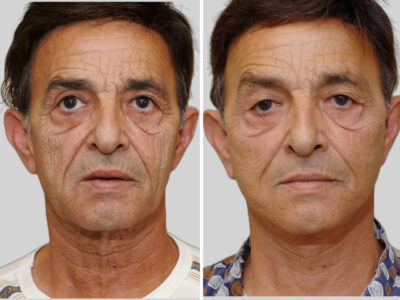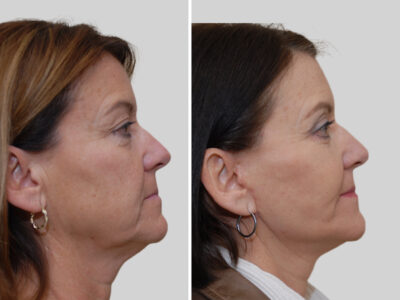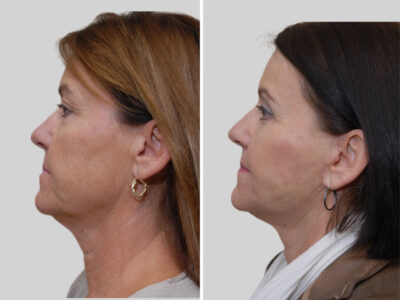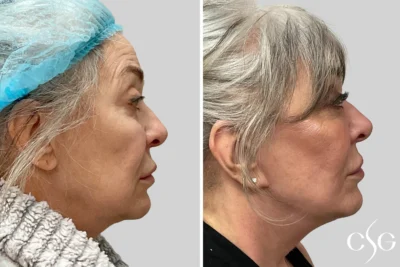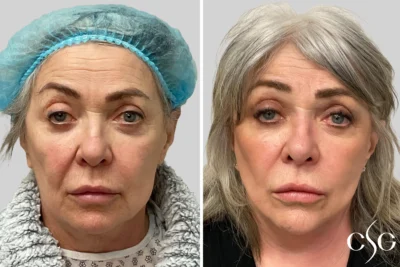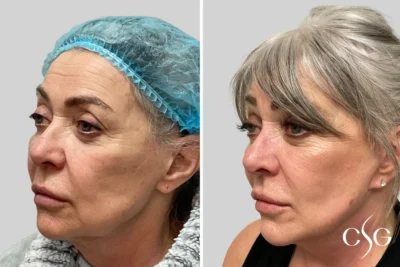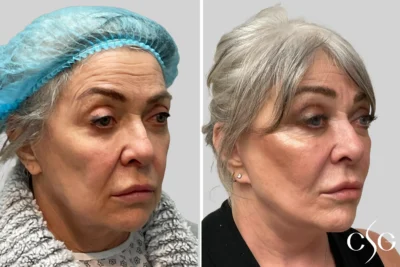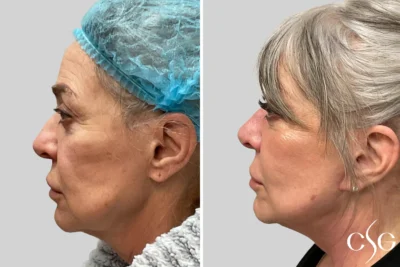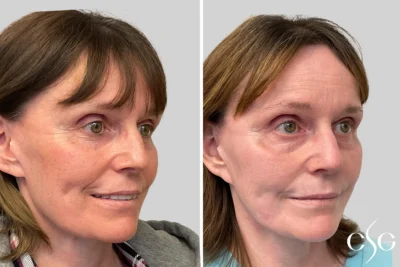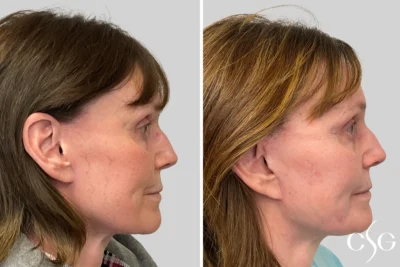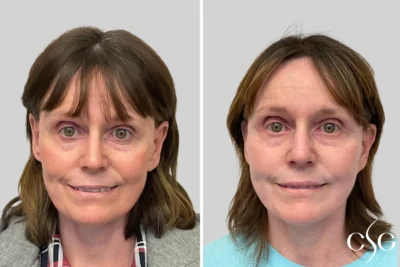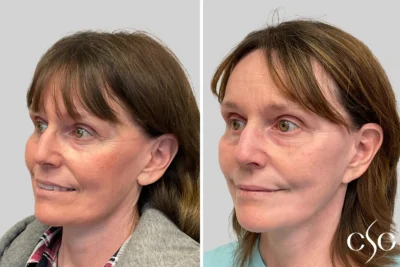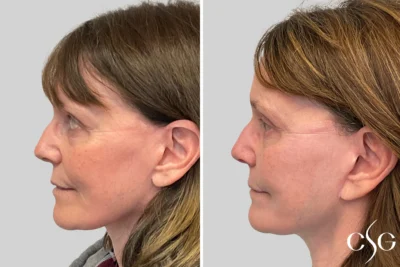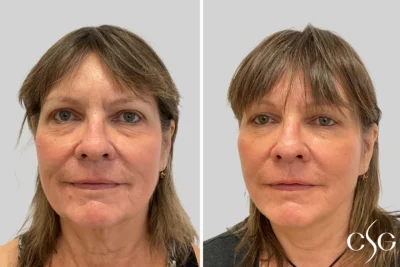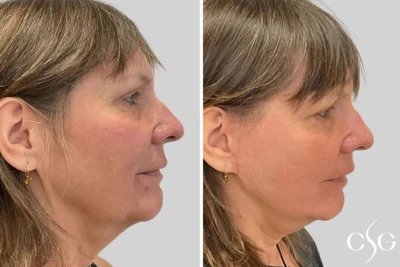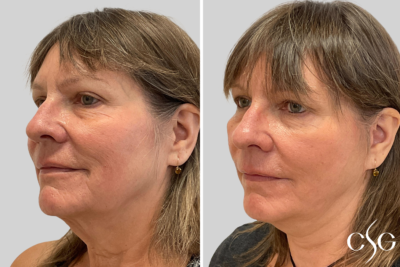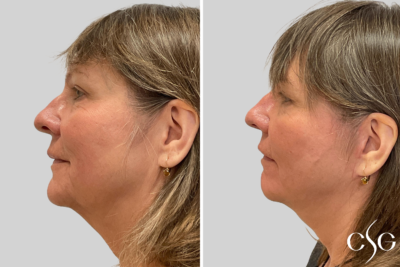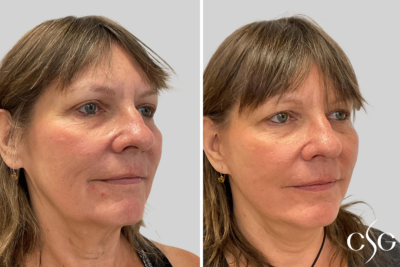Facelift
 Creating a natural, more youthful look after your facelift surgery requires a surgeon with a firm grasp on the nuances of facial surgery achieved through experience and specialized training. Dr. Goldberg possesses unique qualifications in this area.
Creating a natural, more youthful look after your facelift surgery requires a surgeon with a firm grasp on the nuances of facial surgery achieved through experience and specialized training. Dr. Goldberg possesses unique qualifications in this area.
As a Plastic and Craniofacial Surgeon Dr. Goldberg has acquired extensive specialized training in facial surgery. He is one of only a handful of Canadian plastic surgeons to have undergone this additional training.
In addition to years of performing cosmetic facelift surgery, his surgical skills include experience performing thousands of complex facial reconstructive plastic surgery procedures.
Commitment to Patient Care – As an Independent Medical Advisor to the College of Physicians and Surgeons of Ontario he is committed to ensuring patient safety is the top priority at private surgical facilities.
Facelift Background
Facelift, also known as Rhytidectomy (latin: excision of wrinkles), is a procedure that can rejuvenate many areas of the face. Some of the issues that can be addressed are Crow’s feet, sagging and wasted cheeks, jowls, wrinkles on the cheeks and beside the mouth, and a sagging or “Turkey” neck. Facelift is often combined with other procedures such as Eyelid Surgery (Blepharoplasty) and Brow Lift. Although Neck Lift is almost always performed with a Facelift, Neck Lift can be performed alone if that will best address the needs of the patient, and the amount of work on the neck varies between patients (see below).
Facelift surgery will turn back time by around 10 to 15 years, restoring the more youthful you. It is important to realize that a Facelift does not stop time from passing, and you will continue to age normally after surgery. However, the effects of Facelift are long term, and although you will continue to age, you will always have a more youthful appearance than if you had not undergone surgery.
Variations of a facelift include – Neck Lift only, Mini-facelift, and Mid-Facelift (See below)
Benefits Of A Facelift
Facelift is a relatively common procedure that can address many features of ageing in the face, resulting in a natural more youthful you. It not only erases wrinkles, but also restores fullness in your face and restores the contours that you used to have. Though you will continue to age normally after surgery, the effects are long-term, and you will always look younger than if you had not undergone the procedure.
The Facelift Procedure
Facelift is usually done under general anesthetic or with intravenous sedation as a day surgery procedure. The duration of surgery is variable, as the exact procedure will vary between patients depending on their personal needs. Also, Facelift is often combined with other procedures, such as Eyelid Surgery (Blepharoplasty) and Brow Lift. Once you are asleep or sedated and before beginning surgery, Dr. Goldberg injects long acting local anesthetic in order to prevent sensitization of pain nerves, and to prevent and minimize discomfort after surgery.
Incisions for a facelift are variable depending on several factors: position of the patient’s hairline, skin quality on the cheeks in front of the ears, the anticipated amount of skin to be excised, and some other more minor variables. Most commonly, the incisions are made in the temple within the hair, along the front of the ears camouflaged along the edge of the ear contour, in the trough behind the ear, and extending along and into the hair behind the ear. The incision may be shorter if less work needs to be done in the neck area or around the eyes.
During surgery the skin and fat are lifted around the side of the eyes and temple, over the cheeks and jaw, and on the neck to allow the redundant extra skin to be pulled back. The underlying layer of tissue known as the SMAS (superficial musculo-aponeurotic system) is also commonly lifted and tightened. This tissue is used to add fullness to the upper cheeks, restoring volume and youthful “cheekbones”. Tightening the SMAS is crucial to longevity of the results, and it also reduces the tension on the skin along the incisions, thereby improving and minimizing the resulting scar.
In order to address bands along the neck, sometimes the neck muscle, called the Platysma, needs to be partially divided and weakened. Some patients who have a lot of problems in the area of the neck require another small incision placed just below the chin. Through this incision the neck muscle can be tightened in the midline to improve the neck contour and eliminate “Turkey neck”.
The incisions are closed with many buried dissolving stitches and some non-dissolving ones in the skin that will need to be removed. At the end of the procedure a dressing is applied that protects the incisions and applies some gentle compression to the cheeks and neck. Sometimes, small plastic tubes are left in the incisions to help with fluid drainage; which are removed a few days after surgery.
Recovery From A Facelift
Dr. Goldberg will prescribe several medications to ensure your comfort. These will likely include Celecoxib to reduce inflammation, Percocet to manage pain, some antibiotics, sedatives to help with sleep, and a powerful anti-nausea medication called Ondansetron. You will need to rest for the first week after surgery. During that time your dressing will stay on, and you must keep it dry. After 5 to 7 days you will return to see Dr. Goldberg. At that point he will remove your dressing and stitches. By 2 weeks after surgery your bruising and swelling will most likely have improved enough that you can go out in public with some makeup and most people will not be able to tell that you have had surgery. You will need to avoid strenuous activity for a total of 4 weeks after surgery.
Risks Associated With Facelifts
There are general risks with a Facelift such as bruising, bleeding, infection, and risks associated with general anesthetic. Rarely, there are problems with healing of the incisions and skin, which is often related to smoking. Very rarely, a nerve injury in the cheeks or temple may result in temporary or even possibly permanent, weakness in a part of the face. Avoiding this requires experience and understanding of the anatomy related to the facial nerve. Poor planning of the incisions can result in more noticeable scars or a distorted hairline, and this can be avoided with careful assessment of a patient’s individual anatomy and requirements. There are other more minor functional and cosmetic risks that can be discussed with Dr. Goldberg during consultation.
Facelift Alternatives
Some minor signs of facial ageing can be camouflaged by the use of Injectable Products. For example, sagging and wasting of the upper cheeks (the “cheekbone”) can be improved with the injection of Filler Products, which temporarily restore volume and the appearance of a full and high cheek. “Neuromodulators” are also a good option for many specific concerns, such as “Crow’s feet” wrinkles around the eyes. These products are effective, but are temporary and may not be adequate to address the degree of the problem.
Some patients who visit for a facelift consultation are surprised to hear that the main factor contributing to an aged appearance may actually be the upper face, which may benefit from Eyelid Surgery (Blepharoplasty) or Brow Lift. Alternatively, the main area of concern may be the neck, and the most appropriate procedure would be a Neck Lift.
In some patients, the main concern is sagging and wasting of the cheeks, with little or no facial wrinkles. In this instance it is often the best choice to do a Mid-Facelift, which can address this problem without having a full Facelift procedure.
Many people try creams and lotions. These can be moderately effective. However, the way that most of these products work is to induce inflammation in the skin by the use of mildly acidic or irritating chemicals. The inflammation results in a small amount of swelling, which then stretches out the skin and overlying wrinkles. These products can be effective to camouflage very minor wrinkles, but the effects disappear when the product is discontinued.
Mid-Facelift
For some patients the main concern is wasting (thinning) and sagging in the central part of the face, including the “cheekbones” and the cheeks. Over the years the full and high “cheekbones” that you had may have slowly moved down, resulting in a sallow and aged appearance. This can also pull the lower eyelid downwards even further resulting in an aged appearance. If these are the main problems but a patient does not have a lot of skin excess and wrinkles around the cheeks, then a Mid-Facelift is the best alternative.
This procedure is done through incisions inside the lower eyelid, with no external scars. The fat and muscle of your cheek which have sagged downwards over time are elevated off of the underlying bone and lifted to their normal position. The tissue is then anchored to the bone using stitches to hold it in position while it heals. The elevated tissue restores the youthful contours of your face. The decision between and Mid-Facelift and a Facelift requires careful discussion between you and Dr. Goldberg.

 Face
Face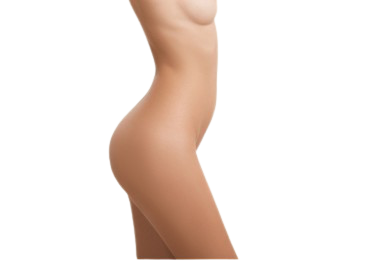 Body
Body Breast
Breast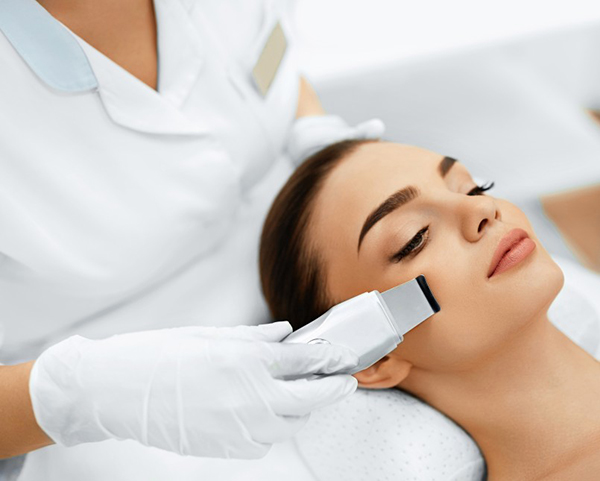 Non-Surgical
Non-Surgical Hair Transplants
Hair Transplants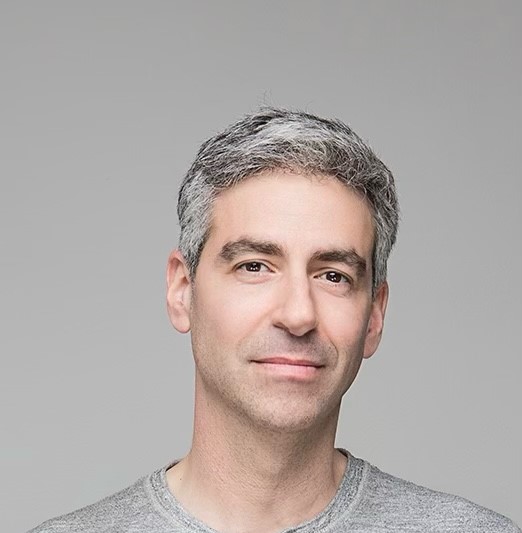 Dr. Cory S. Goldberg
Dr. Cory S. Goldberg Our Staff
Our Staff Policies
Policies Media
Media Reviews
Reviews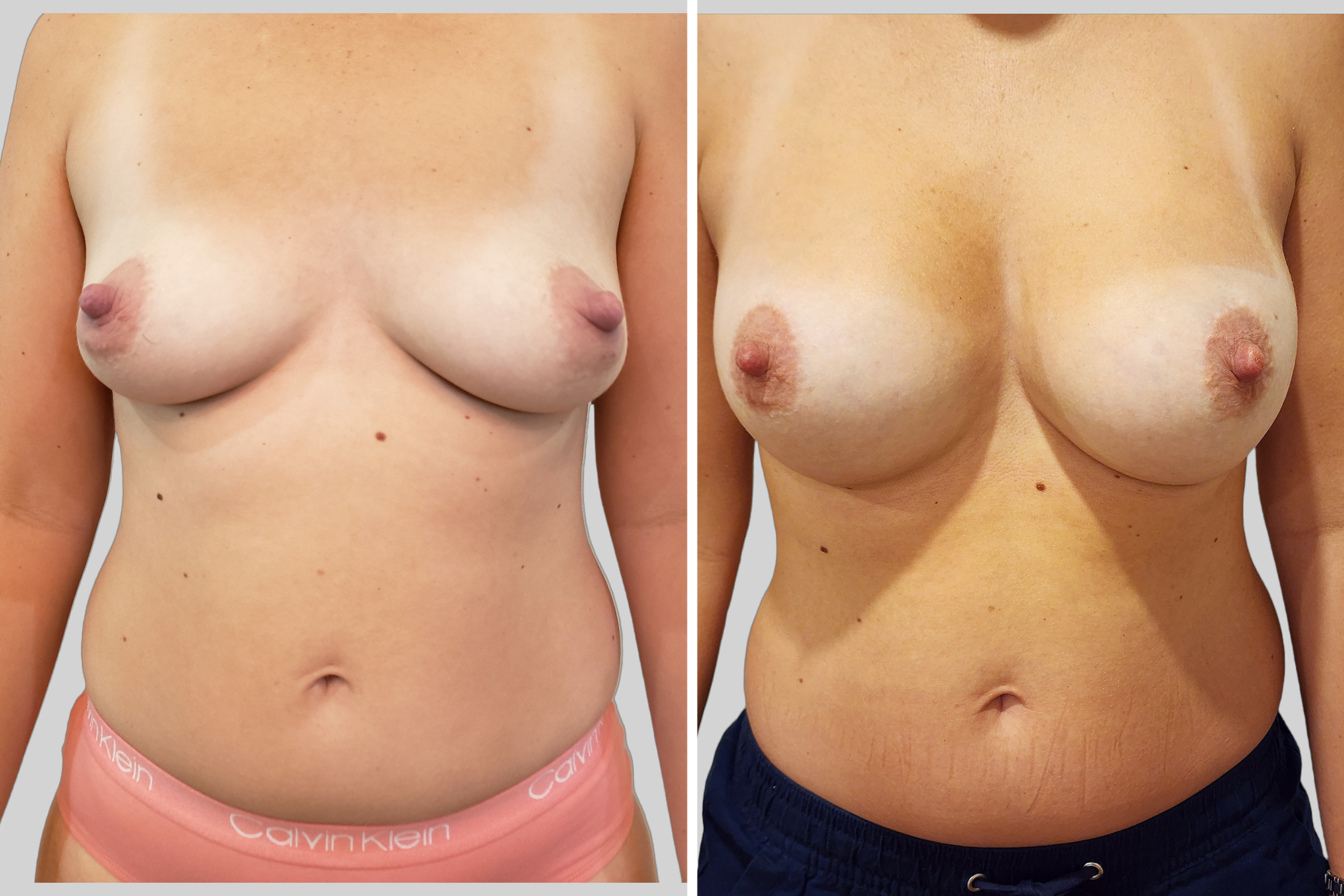 Breast Gallery
Breast Gallery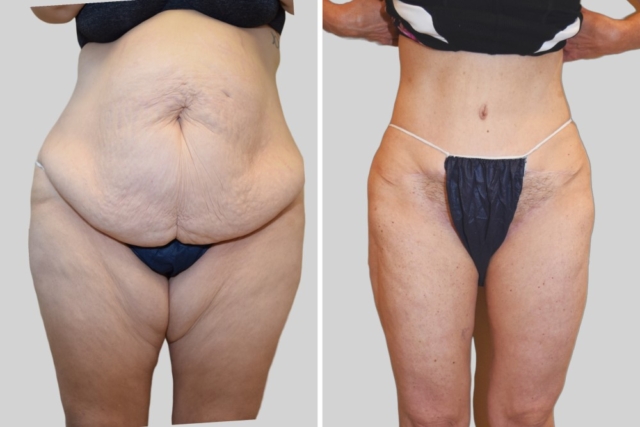 Body Gallery
Body Gallery